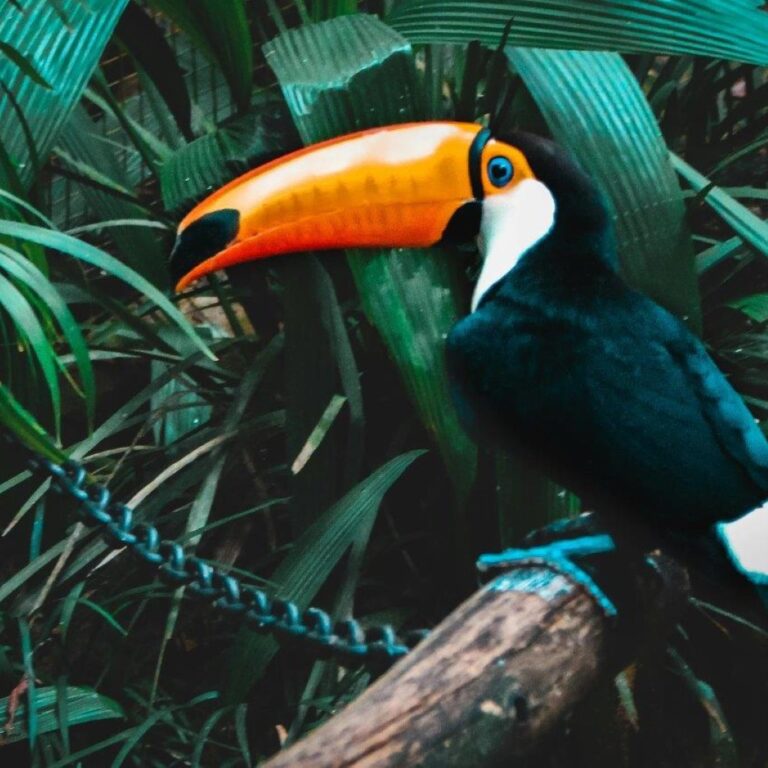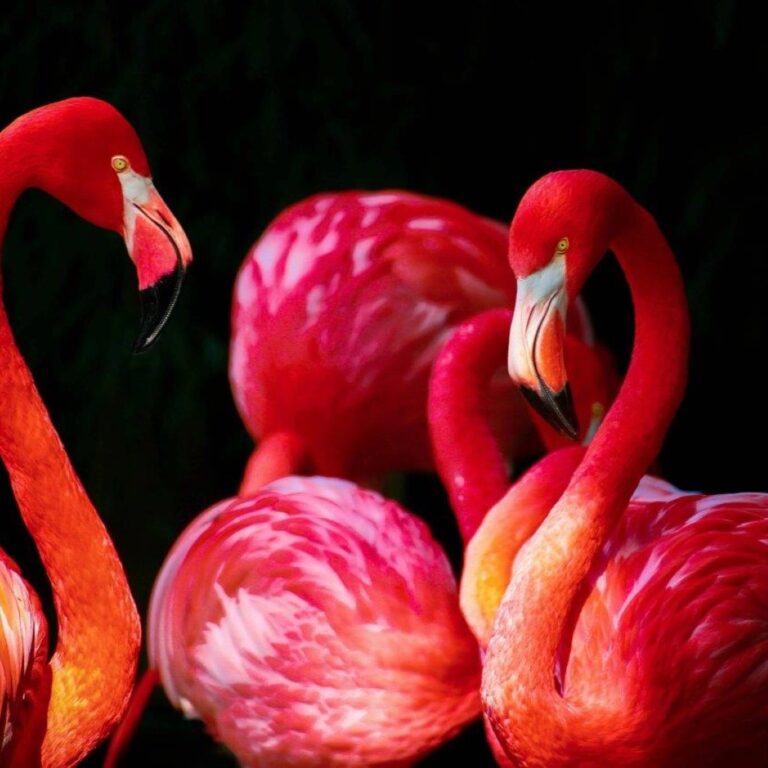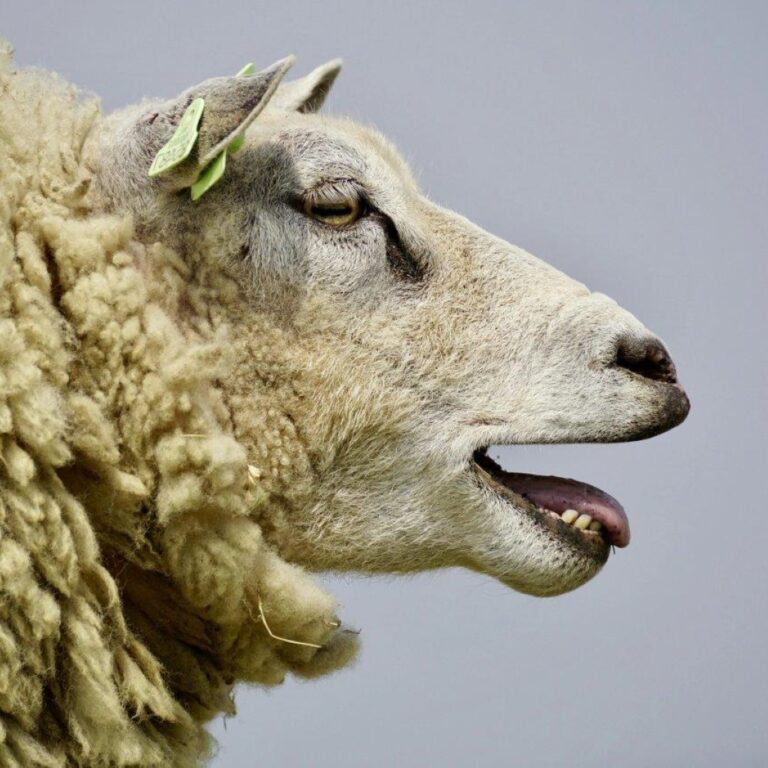There are about 40 different species of toucans, all native to Central and South America. They are found in tropical and subtropical forests, often in the canopy layer.
The most distinctive feature of a toucan is its large, colorful bill, which can be nearly as long as its body. Despite its size, the bill is surprisingly light because it is made of keratin with a hollow structure.
Toucans use their large bills to reach and eat fruit that might otherwise be out of reach. The bill also helps them peel the fruit and may play a role in thermoregulation, helping them release heat in the hot tropical climate.
The vibrant colors of a toucan's bill and feathers are thought to be a form of sexual selection, attracting mates and signaling the bird's health and vitality.
Toucans are primarily frugivores, meaning their diet consists mostly of fruit. However, they are also opportunistic feeders and will eat insects, small birds, eggs, and lizards when available.
Toucans are social birds and often live in small flocks. They communicate with each other using a variety of vocalizations, including croaks, barks, and rattling calls.
The toucan's long bill is not just for feeding; it is also used in courtship displays and territorial disputes. During courtship, toucans may engage in a behavior known as 'bill fencing,' where they gently touch or clash their bills together.
They have a unique way of sleeping. They tuck their large bills under their wings and curl their tails over their backs, reducing their size and making it easier to rest in the small cavities of trees.
The toucan's bill is covered in ridges and serrations that help it grip and tear food. These ridges act like teeth, even though toucans do not have actual teeth.
Toucans play a crucial role in their ecosystems as seed dispersers. By eating fruit and then excreting the seeds in different locations, they help maintain the diversity and health of the rainforest.
They are cavity nesters, meaning they nest in tree holes or cavities, often created by woodpeckers or natural decay. They lay 2 to 4 eggs, which both parents incubate and care for.
The lifespan of a toucan in the wild is typically around 20 years, but they can live longer in captivity, where they are protected from predators and environmental challenges.
The toco toucan, the largest of the toucan species, has a bill that can measure up to 8 inches long. Despite its size, the bill is lightweight and does not hinder the bird's flight or agility.
They are often depicted in popular culture and advertising due to their striking appearance and friendly demeanor. They are frequently used as mascots and symbols of tropical environments.
Conservation efforts are important for protecting toucan populations, as they face threats from habitat loss, deforestation, and the illegal pet trade. Preserving their natural habitats is crucial for their continued survival.



